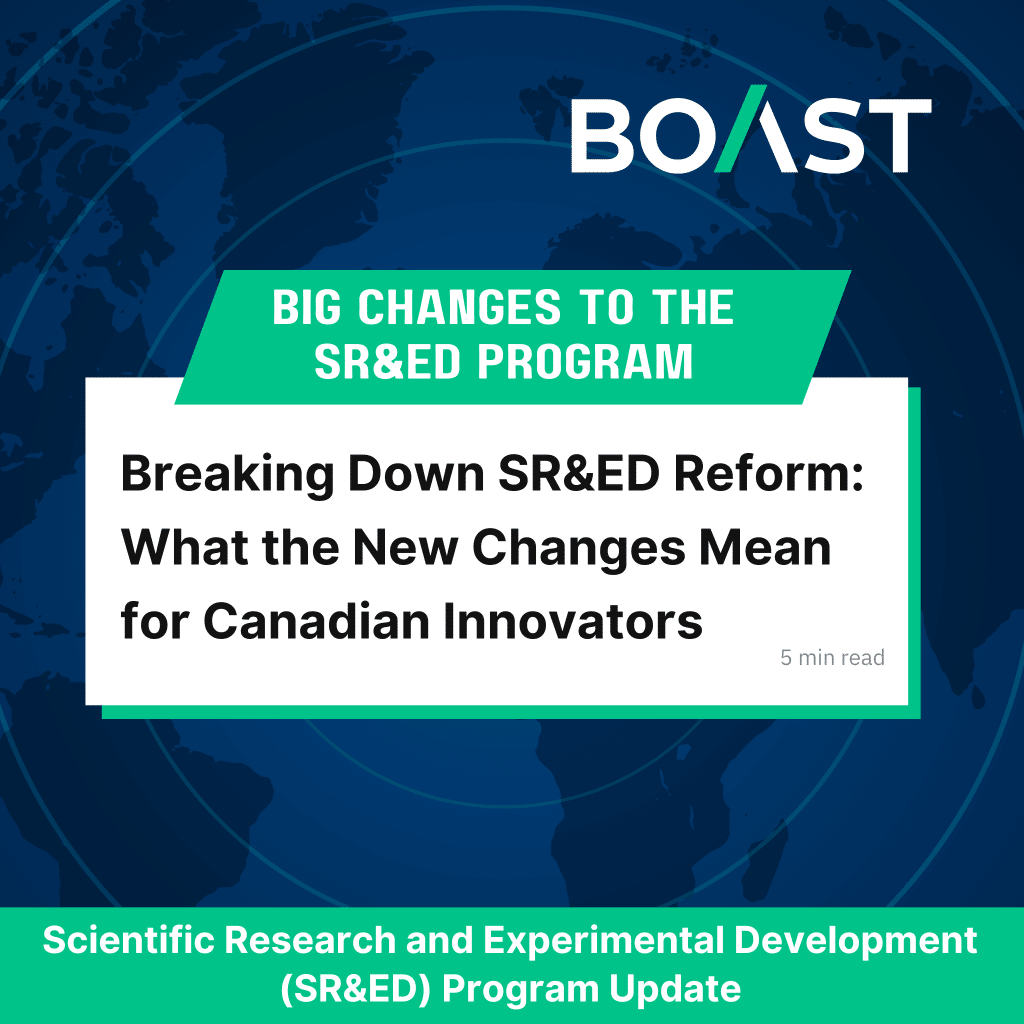The dust is still very much settling on the 2024 United States presidential election. Unlike the two most recent contests, however—where an official winner wasn’t declared until days after polls closed—former president Donald Trump was the projected victor within hours of the final ballots being cast.
Of course, there is hardly consensus from Americans around the implications (or benefits) of a second Trump administration.
However, avoiding a drawn-out post-election battle is something of a silver lining for Americans, who have grown accustomed to a disruptive-by-default electoral process over the past decade.
Fortunately, with promises of a peaceful transfer of power from the Biden Administration—along with recent memories of the previous Trump Administration’s policies and approaches—the vision of what the American business community should expect in 2025 is clearer than many had expected so soon following election day.
While so many critical pieces of the puzzle still need to come together to fully understand what the next Administration has in store, we’ve compiled a brief roundup of some of the initial predictions, reactions and responses across the tech and business communities.
Stocks soar on potential regulatory easement
For starters, the stock market soared to record highs in the immediate response to news outlets declaring Trump the next president-elect. Much of this is credited to wary investors feeling relieved after months of uncertainty about the future of American politics. To that end, such rallies are a common post-election feature of American politics—see similar post-election booms after the 2022 midterms for reference.
The record-breaking post-election surge from Trump in 2024, though, is widely credited to his economic policy pitches, which promise to build on his platform of deregulation from 2016 and 2020.
“Trump is viewed as supporting lower corporate tax rates, deregulation, and industrial policies that favor domestic growth, all of which could provide more stimulus to the U.S. economy and benefit risk assets. […] During the 2016 election, the S&P 500 Index gained nearly 5% from the day before the presidential election through the end of the year in what became known as the Trump rally. We expect a similar trend could play out this time around, too,” read a note from Marc Pinto, head of Americas equities at Janus Henderson Investors, shared by CNBC.
This sentiment was shared by a panel of VCs and founders who joined with current Federal Trade Commision head Lina Khan over the summer for a discussion on artificial intelligence (AI).
Throughout the Biden Administration, for instance, the FTC has been applying extra scrutiny to mergers and acquisitions steered by Big Tech companies. In the context of AI, the Administration framed this as a strategy to ensure competition and access for smaller players in the tech space.
But critics in Silicon Valley and the Venture Capital (VC) arena have viewed this stance as stifling, limiting the opportunities for founders to cash-in—either by exiting through acquisition or going public.
There’s also the consideration that Trump’s running mate, J.D. Vance, has strong ties to tech investors who rallied for his appointment. Although neither Vance or Trump have pushed forward concrete tech policies, responses from members of the VC and private equity community to public comments regarding deregulation have been roundly positive.
What about S174, R&E and tax credits?
One of the last legacies of the first Trump Administration was the 2027 Tax Cuts & Jobs Act (TCJA). The implications were wide and varied but were viewed as favoring Big Tech versus the startup community.
Much of this hinged on the introduction of new capitalization and amortization rules under IRC Section 174, which disrupted a longstanding vehicle for businesses to deduct research and experimental (R&E) costs incurred during product development.
Section 174: A refresher
The TCJA broadened the scope for what would qualify as R&E beginning in 2022, but significantly tightened how much companies can use R&E deductions to offset expenses. The most immediate result for many businesses was the creation of taxable income for some companies that had previously never recorded taxable income.
These IRC revisions also outline separate requirements for R&E amortization based on geography. For domestic R&E expenses, the amortization period was set at 5 years, while foreign R&E investments must amortize over 15 years. Going a step further, expenses were “placed in service” at the midpoint of the first year of amortization, making year-one deductions only roughly half of what they could be in following years.
The TCJA also redefined how software development costs are treated, mandating that any costs paid or incurred with software development—whether for internal or external use—must be treated as an R&E expense, and thus capitalized starting in 2022.
Trump floats a TCJA reversal
Back in September, Trump unveiled several new manufacturing proposals at a rally in Savannah, Georgia, saying that if he were elected, he would allow U.S.-based manufacturers to “write off 100% of the cost of heavy machinery and other equipment in the first year.”
While this is only one of the many policy proposals floated during the rally—which included mention of wide-ranging foreign tariffs in the spirit of supporting stateside manufacturing—it’s a message (and course reversal) that many in the business community have taken to heart.
While Trump’s language was focused on the manufacturing sector, experts and analysts have interpreted this was a pitch for the full reversal of the Section 174 amortization and capitalization rules that innovative businesses of all sizes should dig into.
Navigating the government funding landscape in 2025
It bears repeating that so many of the policy proposals that were floated on the campaign trail face a long road to becoming reality. To that end, politicians from both parties regularly compromise on their campaign vision once taking office as national and global factors come into clearer focus.
As it stands today, however, there is more than $20 billion in innovation capital on offer across North America at all levels of government to help fuel R&D and create more competitive solutions.
At Boast, our team has been working since 2011 to help businesses maximize their access to the innovation funding they deserve, regardless of which party is in office.
At the same time, our tech and tax experts know better than anyone how to design and implement R&D workflows through a global lens to ensure teams are tapping into every resource they can to build better products.
To learn more about how Boast has helped more than 1500 customers across North America tap into $600+ billion in innovation funding, talk to an expert today.
Election 2024 Reactions and Predictions FAQ
- What are the immediate impacts of Trump’s 2024 election victory on the business and tech sectors? The stock market reached record highs following Trump’s election, largely due to his promises of deregulation and lower corporate tax rates. Investors and business leaders anticipate policies favoring domestic growth and less regulatory scrutiny on Big Tech mergers and acquisitions, similar to the “Trump rally” seen after the 2016 election.
- How might Trump’s second term affect research and development tax policies Trump has suggested allowing U.S.-based manufacturers to fully write off equipment costs in the first year, indicating a potential reversal of the Tax Cuts & Jobs Act (TCJA) Section 174 rules. This could significantly impact how businesses handle R&D expenses and software development costs, potentially moving away from the current amortization requirements.
- What are the current Section 174 rules that might change under the new administration? The current rules require businesses to amortize R&E expenses over 5 years for domestic research and 15 years for foreign research, with first-year deductions at roughly half value. All software development costs must be treated as R&E expenses and capitalized. These rules have created taxable income for companies that previously had none.
- How does the tech community view the upcoming administration’s potential policies? The venture capital and private equity communities have responded positively to discussions of deregulation. Trump’s running mate J.D. Vance’s strong ties to tech investors and the potential easing of FTC scrutiny on tech mergers have been welcomed by Silicon Valley leaders.
- What innovation funding opportunities will remain available during this transition? Over $20 billion in innovation capital is currently available across North America at various government levels to support R&D and competitive solution development. These funding opportunities are expected to continue regardless of administration changes, though their specific implementation may evolve under new leadership.





